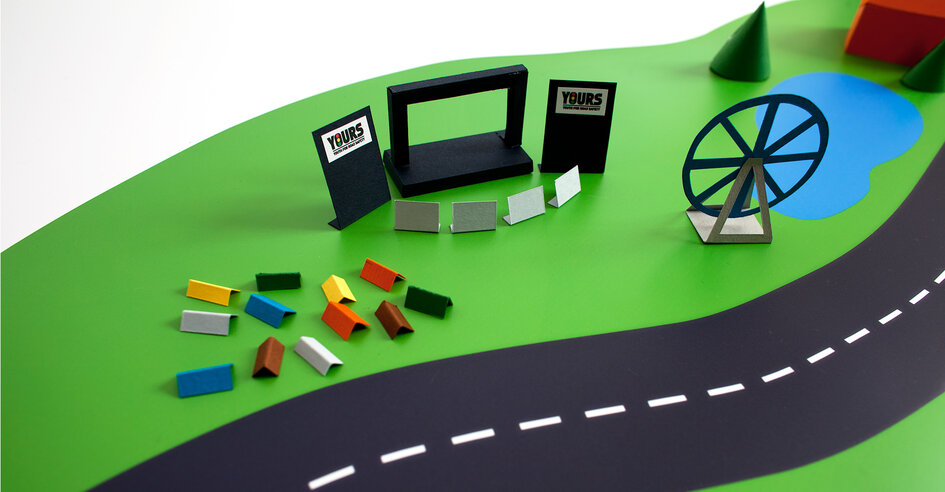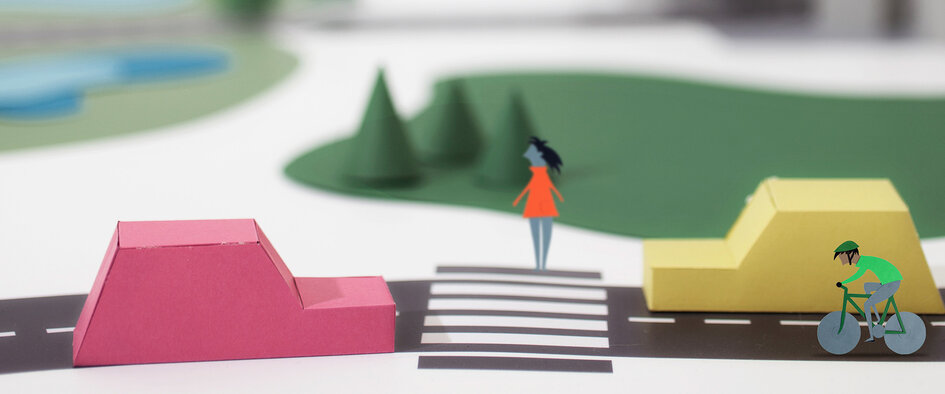
Lead an exciting Star Rating for Schools initiative globally and help save kids lives
iRAP is a charity dedicated to tackling the largest cause of death for young people worldwide: road crashes. Our vision is a world free of high risk roads. As Programme Coordinator, Star Rating for Schools you have the chance to work with a small, dynamic team that has global reach and impact.
The Star Rating for Schools programme will be implemented globally by a range of well-experienced and successful Lead Partner road safety NGOs with a shared passion for road safety.
iRAP Star Rating assessments are playing an increasingly vital role in preventing road deaths and injuries and the United Nations has agreed Global Road Safety Performance Targets for 3-star or better roads worldwide. The Star Rating for Schools partnerships will ensure this benefit extends to every child’s journey to school. Thanks to our sponsors FedEx, Child Health Initiative and the FIA Foundation this new position will help shape an innovative global programme with the potential and goal to save thousands of kids lives around the world.
We are looking for a person who can bring:
- Experience in global road safety programme coordination and partner support.
- Passion for road safety, saving lives, and creating (and delivering) a fantastic and effective Star Rating for Schools program.
- Excellent project management and communications skills.
- A team spirit and can work well with team members, partners and stakeholders from around the world.
The position will be structured to suit the leading candidate so that opportunities for training and professional development will be provided during an introductory, transition phase. We are willing to be flexible about where the position is based for the right candidate.
Click here to view the position description or contact schools@irap.org for more information.
Know someone suited for this job? Help us spread the word! Click on the social media and email sharing icons to reach out to your community!
Made Safe by

Sponsored by


The Star Rating for Schools is a global partnership of those interested in improving the safety of children and ultimately delivering 3-star or better pedestrian journeys to, from and around schools. To facilitate the global delivery and oversight of the Star Rating for Schools programme, a range of world-leading NGO’s involved in school road safety provide the first point of contact for those seeking to undertake the Star Rating of roads around a school:

A reminder that applications for this position will close Tuesday 24 July 2018. Please help us spreading the word by forwarding and sharing the electronic brochure within your networks.




 “Workshops can be dull, death-by-PowerPoint exercises in tedium. The team at YOURS takes workshops to a whole new level, designing engaging, exiting workshops that help groups achieve their goals in fun ways. The difference between a normal workshop and a YOURS workshop is like the difference between a grey, drizzly winter day, and an afternoon in the early-summer sun.”
“Workshops can be dull, death-by-PowerPoint exercises in tedium. The team at YOURS takes workshops to a whole new level, designing engaging, exiting workshops that help groups achieve their goals in fun ways. The difference between a normal workshop and a YOURS workshop is like the difference between a grey, drizzly winter day, and an afternoon in the early-summer sun.”









